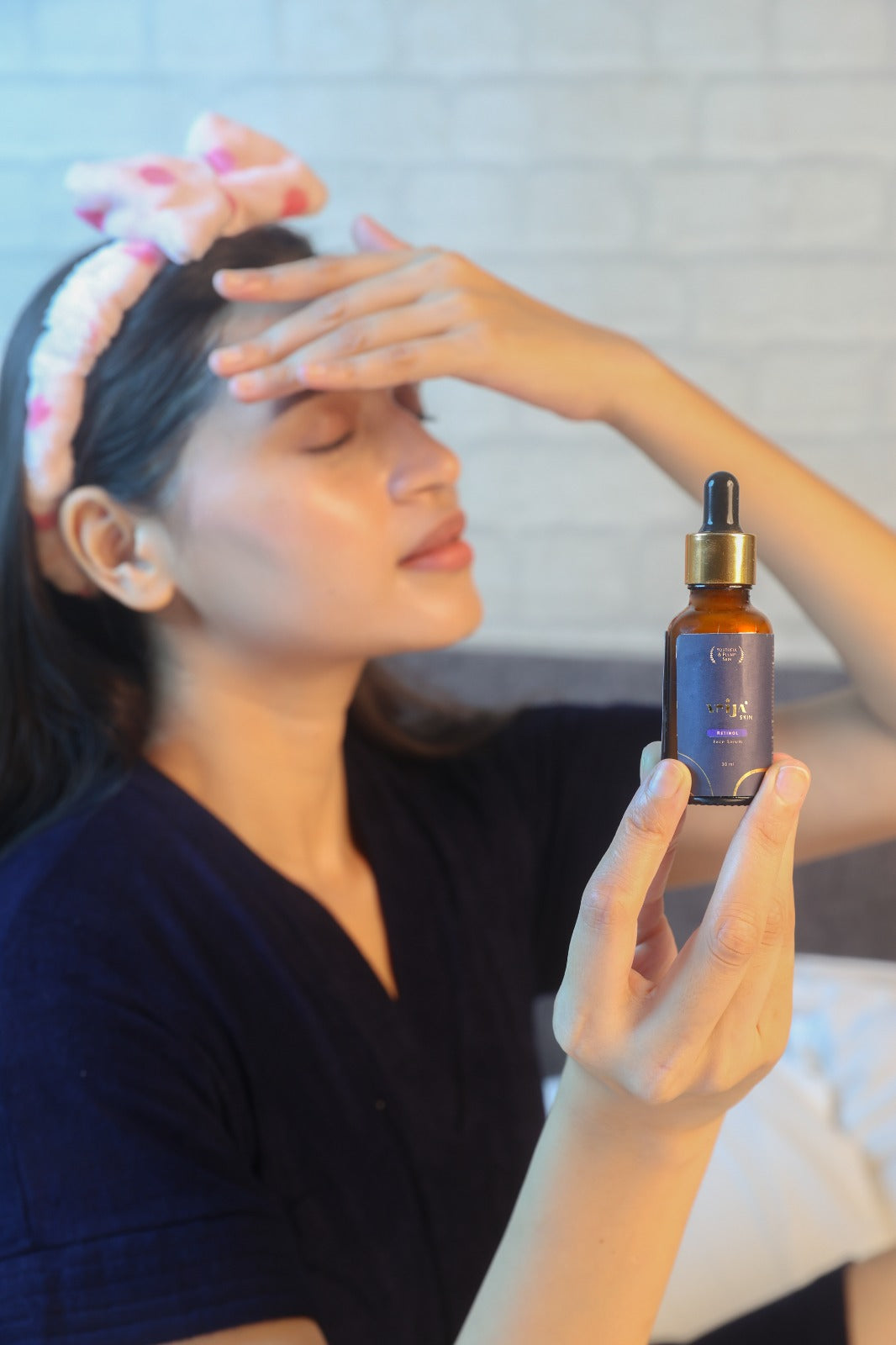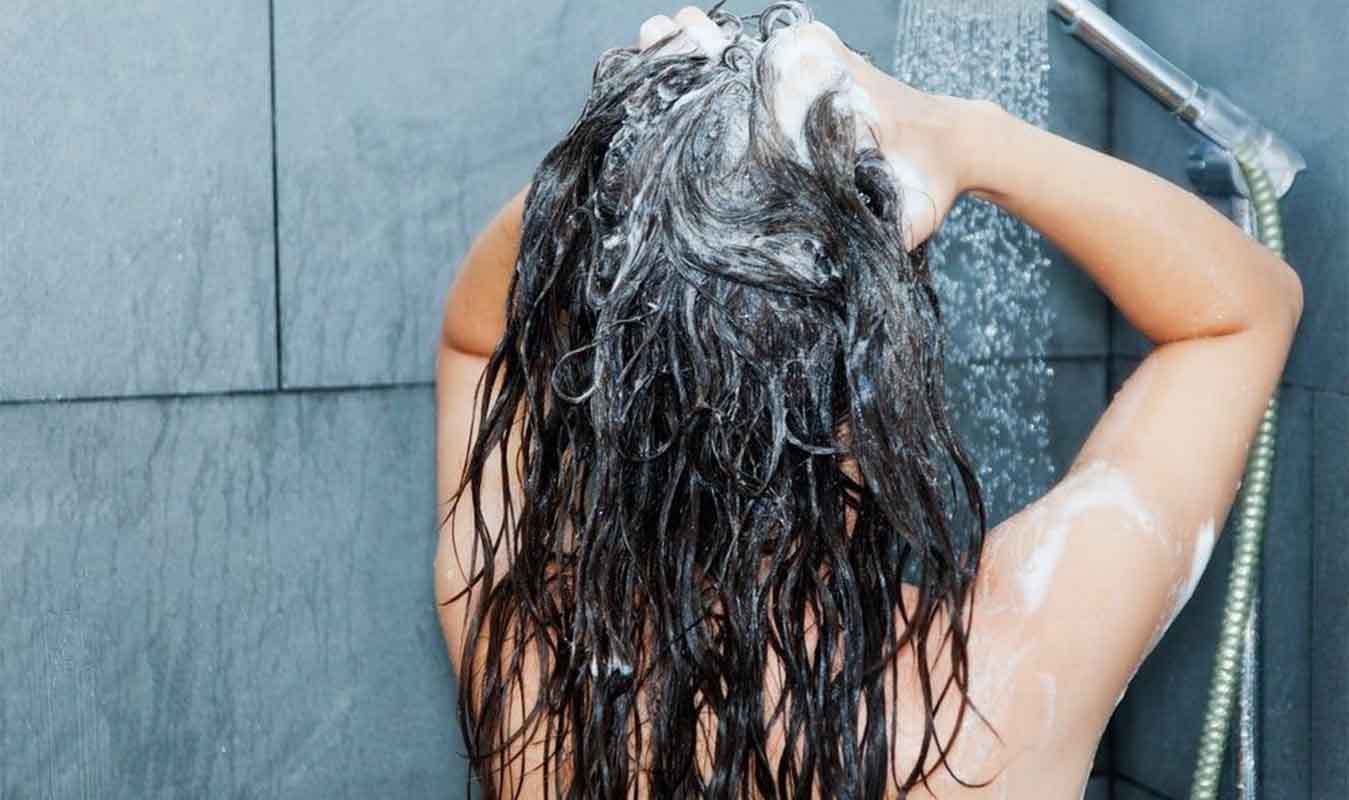
Do Men and Women experience the same type of hair loss?
Hair fall is a growing cause of concern in this day and age. While it may be a symptom of any underlying disorder, hair fall has another major aspect intimately connected to it. When you shed more hair than normal, it gives a major blow to your self-esteem and confidence. But alas, hair fall does not discriminate among genders- it affects men and women equally. But what’s different is the pattern of hair fall. Have you noticed how men start losing hair from their temple upwards and women generally experience hair thinning instead of hair fall or balding near the crown of their heads? Let’s explore the reason behind this disparity, but before that, we will take a glance at the normal hair cycle.
The normal hair cycle
Hair growth is similar irrespective of your sex. Hair follicles follow the same pattern of growth in both men and women. Normal hair growth occurs in four stages-
anagen (growing phase- 3-5 years long), during which every hair follicle undergoes extensive growth
catagen (transition phase- 10 days long), during which the growth has slowed down, but has not stopped
telogen (latent phase), during which the hair does not grow but does not shed as well. This phase is followed by exogen phase, which is the stage during which hair fall takes place
Environmental pollutants, seasonal changes, UV rays, lifestyle changes, hormonal imbalances, and psychological stresses are some factors that cause a disturbance in the normal hair cycle. These disturbances can shift hair growth to any end of the spectrum, but unfortunately, it often ends up with hair fall or alopecia.
Why does hair loss differ in men and women?
By the time men celebrate their 50th birthday, more than 50% of them experience some kind of hair fall, as compared to only 28% of females experiencing hair fall, that too when they are almost 75!
According to multiple studies, hormones and genetics make men more susceptible to hair fall. The main villain behind this fact is the male sex hormone, testosterone. Because of a surge in testosterone in males during adolescence, hair thinning in males begins soon after they hit puberty! In the human body, the hormone testosterone is converted into a more potent form, also known as dihydrotestosterone, all with the help of the enzyme 5-alpha-reductase. Dihydrotestosterone, or DHT, is responsible for hair breakage, miniaturization, and thinning. For a hormone to act on an organ, it must have multiple receptors for the particular organ. As for testosterone, the male head has more than enough DHT receptors for it to work its magic (or is it?). Thus, male pattern hair loss starts at the temples, and the hair recedes towards the crown.
On the other hand, women produce more of the female sex hormones (estrogen and progesterone) as compared to their counterpart testosterone. However, in conditions such as PCOS/ PCOD (polycystic ovarian syndrome/ disease), women experience Increased hair fall (along with other important symptoms such as acne, weight gain, and hirsutism) due to increased androgens (male sex hormones); while in pregnancy the sudden cause is decreased level of female sex hormones. Female pattern hair fall thus starts in the central scalp (often at the crown of the head) while sparing the frontal hairline. This type of hair loss is also known as the Christmas tree pattern. Another common cause of female pattern hair loss is regularly wearing your hair in very tight ponytails and stress pulling. However, the key take is that females are more likely to experience hair thinning, as compared to complete balding like men.
How can we treat male and female pattern hair loss?
The main aim of treating any type of hair loss is to cause a change in the hair growth cycle. It can be achieved by decreasing the exogen phase or increasing the number of follicles in the anagen phase. A wide spectrum of treatments is available for hair fall, and it includes minoxidil, spironolactone, flutamide, laser therapy, and microneedling. Ketoconazole has proven to be effective for males, while melatonin is claimed to work better for women.




